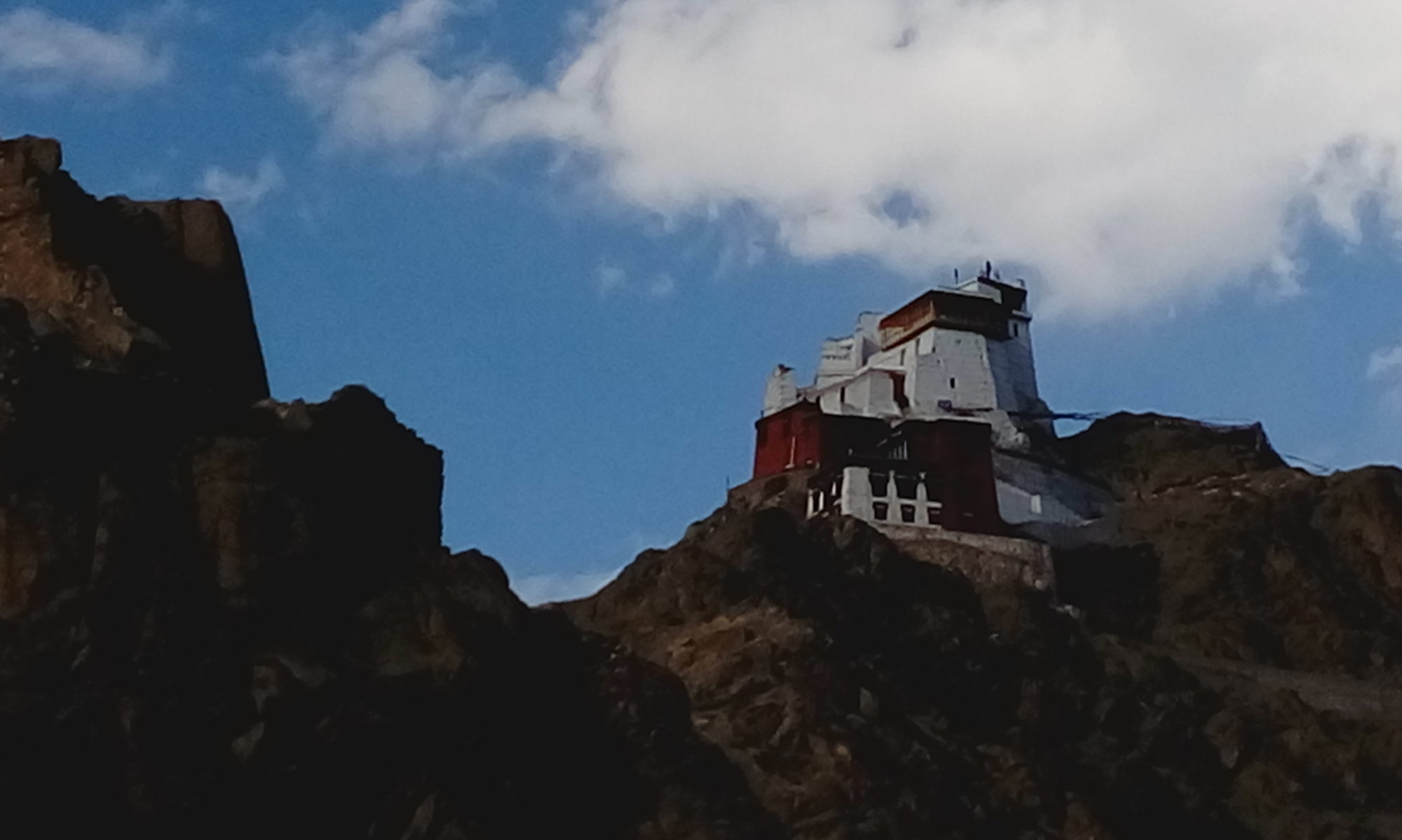Thank God Boney M sang “Mary’s Boy Child’ or the first carol in my first ever carol singing jaunt would have been an absolute non-starter. It had vaguely crossed my mind that apart from ’Rudolph the Red Nosed Reindeer’ and ‘Jingle Bells’ (Do they even count as carols?), I didn’t know any! Sitting in a church this Christmas eve, like good back benchers, when the carol name was called out, we frantically leafed though the hymn book looking for the said hymn and couldn’t find it. When the others sang out the first few familiar lines I shut the book and joined in lustily, relief fueled enthusiasm making up for the lack of any singing abilities.
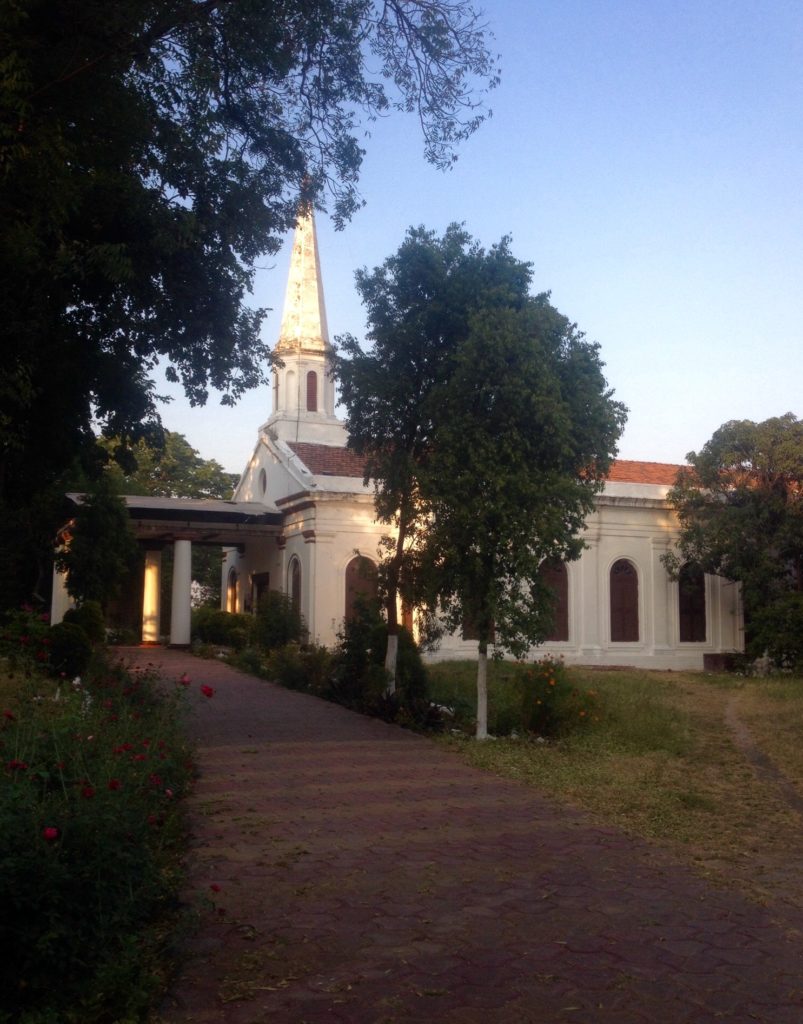
In Mhow for a short winter break, we knew beforehand of the carol singing outing. Only I didn’t realize it was going to be in the Christ Church. So we were reminded last minute to dress up (Really? Even at this age? Indian parents are relentless!) for the occasion. As we walked through the rose bush lined driveway of the church, the white steeple shone spotlessly in the fading twilight giving way to an inky starlit night. Inside the church was lit up warmly to host the festivities, reminding us of another such evening eons back…only that had been barn!
Discover famous neighbour’s of Mhow in- Mandu & Maheshwar in the Monsoon Mist
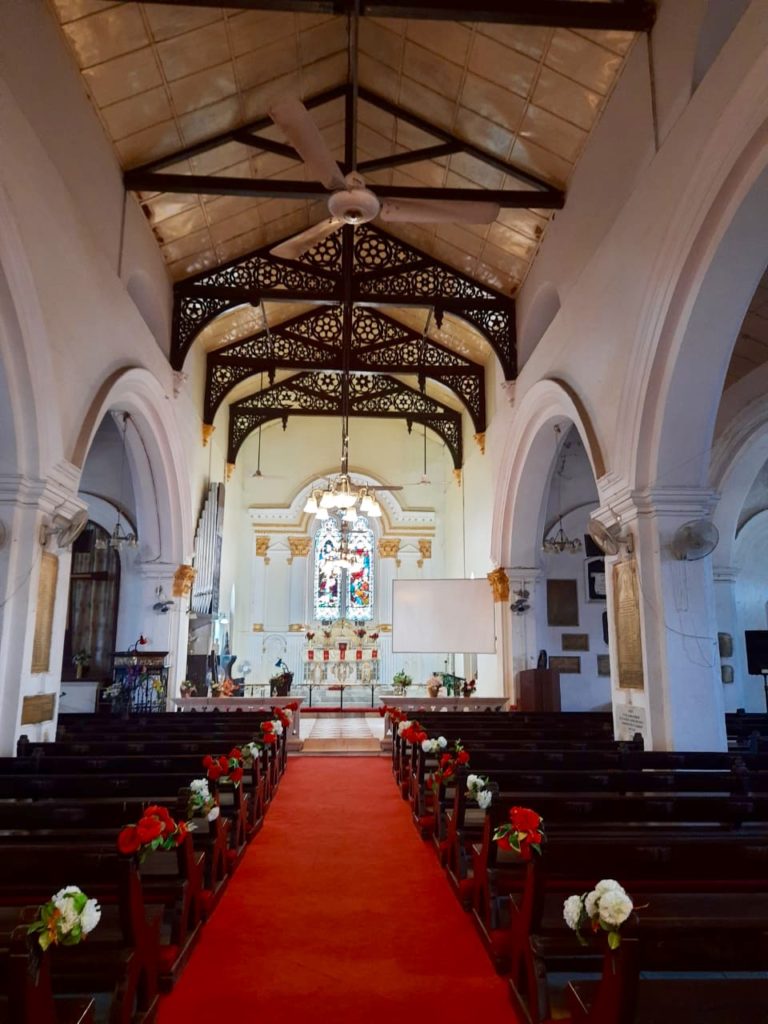
The Church, the first in this region, had come up within a few years of John Malcolm establishing the garrison town of Mhow after the British gave a bit of a bloody nose to the Holkars in 1817 at Mehidpur. Crossing this church on the Mall Road, (You can never get lost in an old cantt as there will always be a ’Mall Road’ to take you home.) I have often admired its sky kissing lean spire, which gives the structure a haughty look as it stands with a Baobab or two for company. On the walls inside, among the many plaques, there is one with the name of the first person to be killed by a tiger in Mhow. There are carved wooden arches in a row on the vaulted ceiling. The original wooden pews with brackets, an addition after the mutiny of 1857, to hold the rifles of the soldiers are still there. The mutineers burnt the outhouse of the priest on their way to Indore but spared the main building.
Read about another town made famous by it’s queen during the mutiny in- A Bard Sings a Story in Jhansi
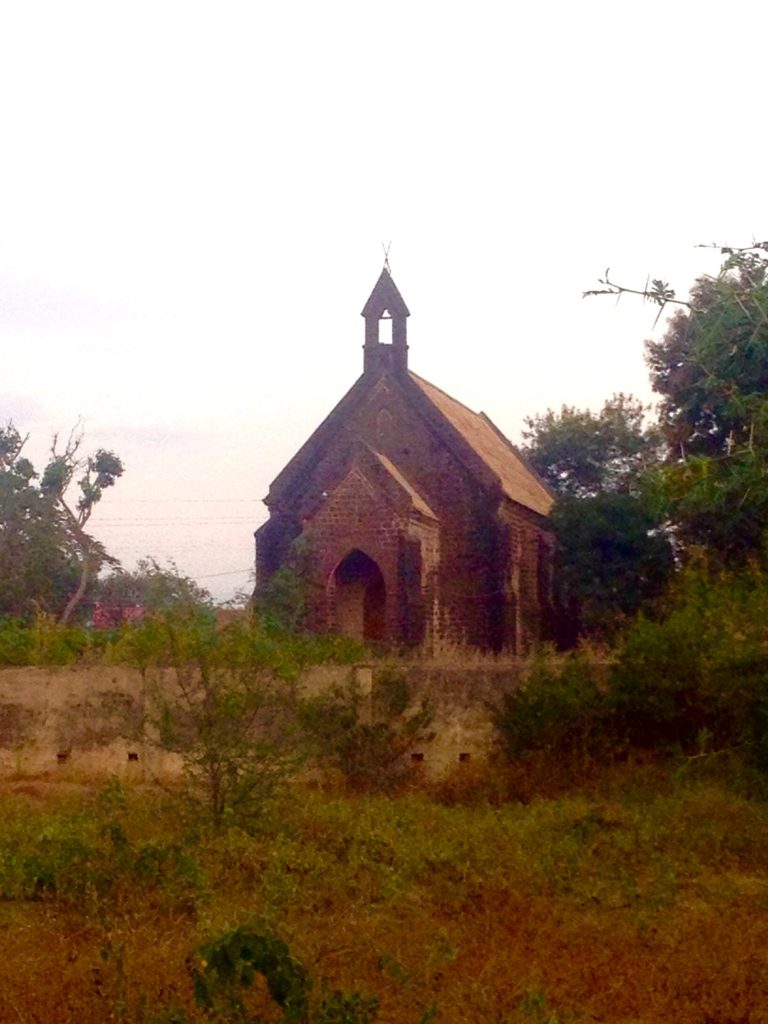
Although, partly because of its name but mostly because of its setting- in a grove of old deodars with stain glass windows and a massive bell on the side, my all time favourite is St John in the Wilderness Church near Dharamsala. The other favourite is in Mhow- Standing alone in an expanse of brown overgrown grass, as if on a moor, without any adjoining drama. (If one doesn’t count the neighbouring hebejebeish cemetery!) The small, dark stone structure has had various names at different times – St Andrew’s church, ’Kirk’ among others and is now known as the Scottish Church. In my mind it was always ‘Scottish’. I have no idea why though, given I have never traveled to that part of the world much less been to a church there! It was a chapel originally, dating back to the 1880s and still looks timeless, bubble wrapped, untouched by the changing neighbourhood on the Post Office Road. So often we would cycle past it to Jeevan Bakery where, in the evening, the aroma wafting would reel us in and have us hooked on the still oven warm bread and buns. I would look at the church but with no desire to explore it. Full marks for curiosity, zero for bravery! Another church in Mhow which I discovered recently when I was dragged to light a candle in its grotto is St Antony’s church, in the Infantry School area, built by an Italian priest- Pius Benevento, a prolific church builder. The location maybe decided by the fact that the saint is a patron of horses and this area was called Ghod Khata or the horse stables. I found the Baobab next to it fascinating- much like a hydra trunked elephant with its massive girth. A sea of humanity during St Antony’s feast day, the church is popular with the Tamilians here.
Read about the cycling adventures in another town in- Cycling in Dehradun -The Best Routes for Leisure Rides
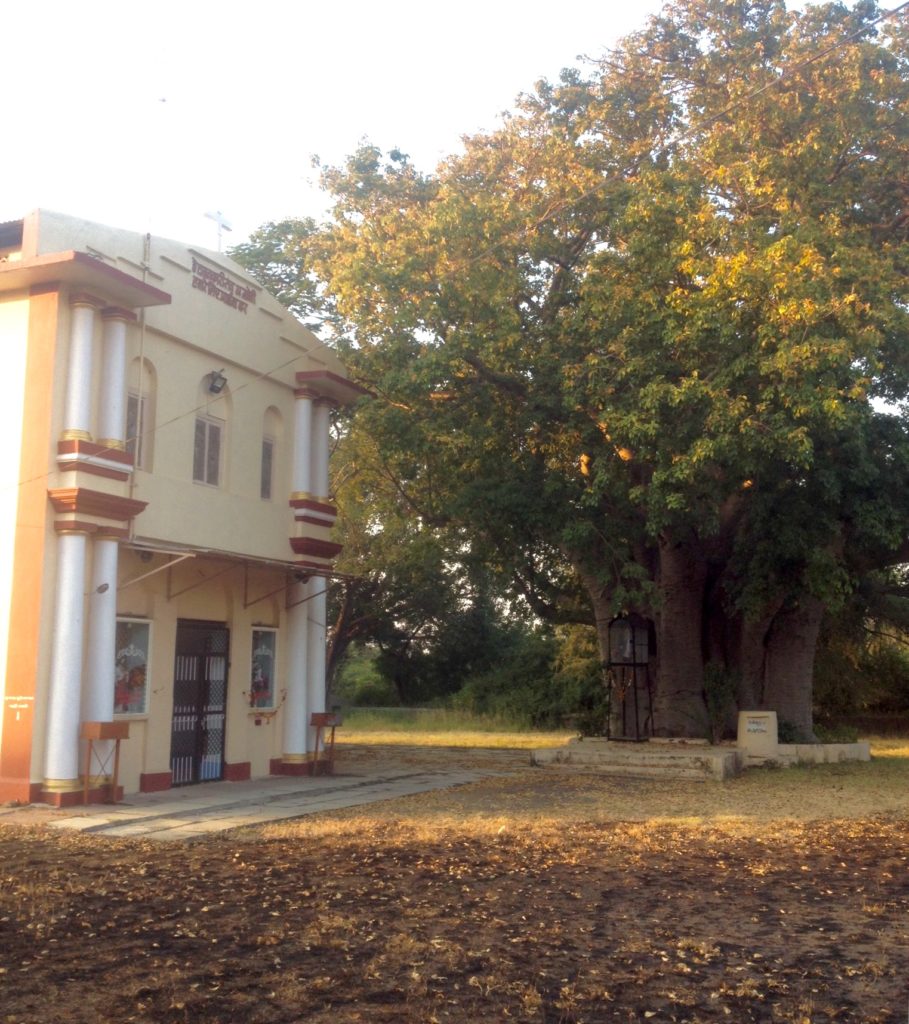
Mhow, all of 5 kms probably from end to end, has been such a cosmopolitan melting pot with people from all faiths and walks of life. There are numerous churches here, of all denominations, dotting the undulating vistas, catering to the spiritual needs of the Christians and the remnants of the Anglo-Indian community. The Parsis have their Agairy or Fire Temple tucked in one of the back lanes and their Tower of Silence still stands strong and proud on a ridge outside town. Bohra muslim women can be seen walking to the market mosque in their gay burkhas. The deities in the assorted temples, standing cheek by jowl with shops on the main market street, look benignly at people bustling about waiting for some to take a break from more materialist pursuits to pay obeisance. Our hometowns have their own distinctive zeitgeist. When was the last time you set out to rediscover your town’s?
Acknowledgement- A big shout out to Denzil Lobo, our resident Mhow aficionado, whose enthusiasm about anything to do with Mhow is truly infectious.
Discover stories of horses, churches and other surprises in-Nasirabad’s Kachora: More than a Savoury Story
